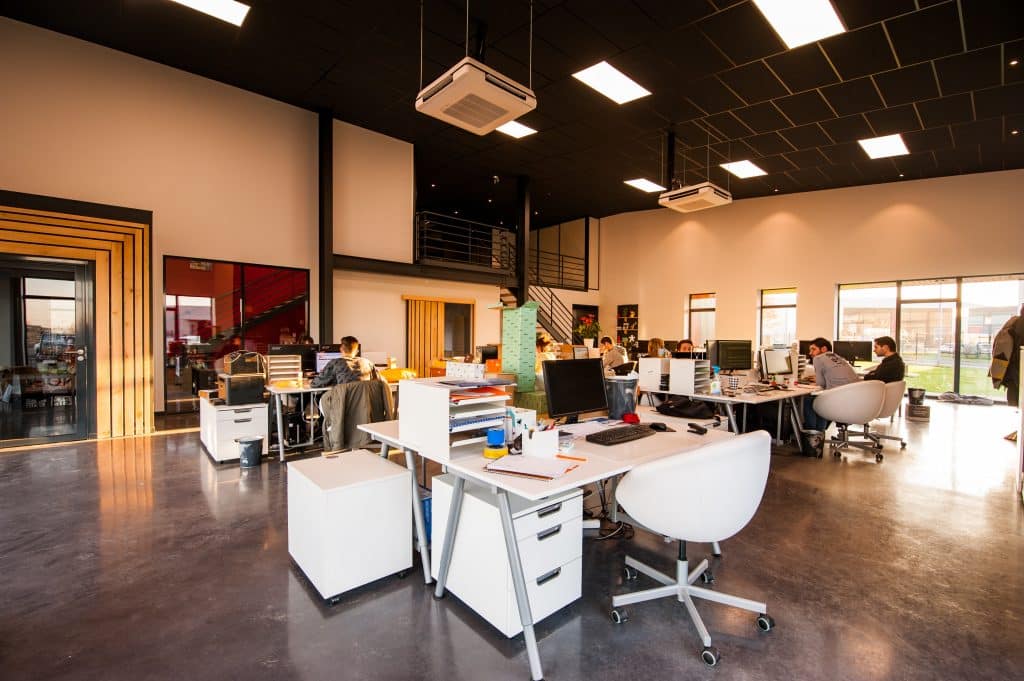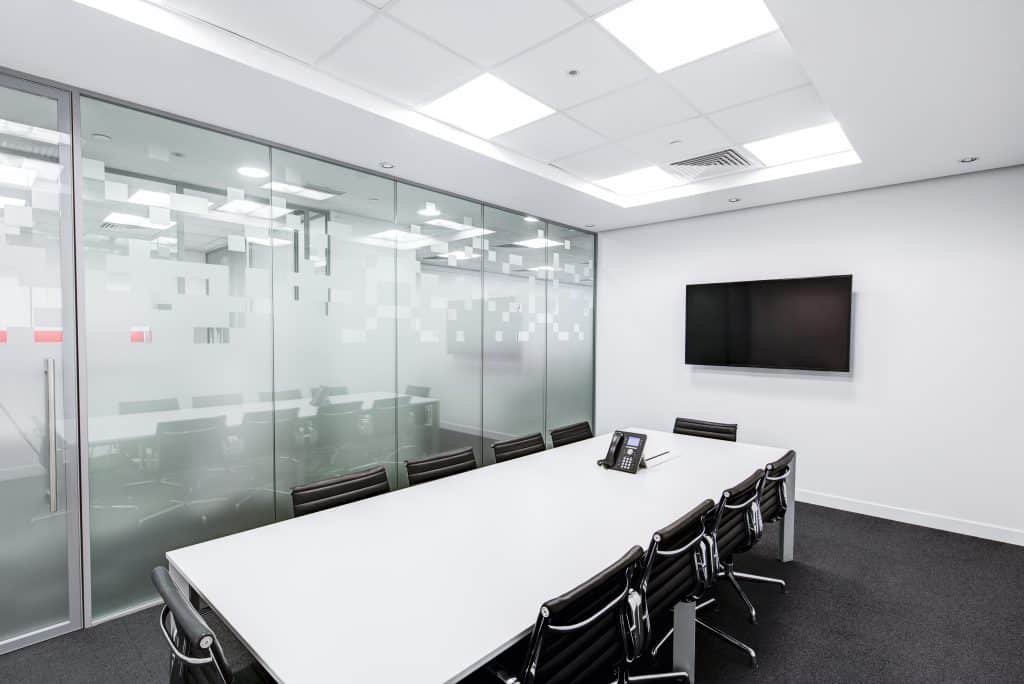As part of new COVID-19 workplace safety and security guidelines, many businesses have been forced to adapt to new technology that ensures that everyone stays as safe as possible. For many companies and offices to stay up and running, they need to adopt a digital approach.
The establishment of the necessary infrastructure, in addition to a digitized model of operation, can mean that an office remains in operation during COVID-19. Every company and office must ensure that its employees and customers are not exposed to the virus, or at risk of spreading COVID-19 in the workplace.
Here we will take a look at 4 technologies that are making offices and businesses safer amid the current global pandemic.

1. Contactless and cashless technologies
Cash can be a contributor to the spread of COVID-19, so many offices have switched to cashless incoming payments or bill paying software. To support the cashless payment system, authorities and companies are now accepting payment methods such as the use of e-wallets.
In addition, many businesses have opted into other contactless technologies. Instead of common door readers and PIN pads, people can now unlock the door through mobile apps or motion detection. Voice-activated technology has also become more popular during COVID-19.
2. Remote connection technologies
The availability of remote connectivity technologies like Virtual Private Networks (VPN) and Voice over Internet Protocols (VOIP) has allowed offices to let some employees work from home. This has reduced the congestion at workplaces and has also enabled the offices to comply with the requirements of social distancing.
Moreover, working remotely not only helps stop the spread of the coronavirus, but also saves time that is normally spent on daily commuting to work. It also offers more flexibility amid curfews and restrictions imposed by different states and nations during the pandemic.
3. Automations and robot technology
With the advanced technology in robotics, offices no longer rely heavily on humans to make things work. Robotics are now being used in high-traffic areas like retail to monitor operations and ensure an efficient flow of customers without putting anyone at risk. Robotics are also used in the manufacturing process.
In offices, robotics can be used to disinfect or disinfect a specific region and has also been used to provide food to people in quarantine. Similarly, automating some processes through IoT connection and cloud-based technology help offices get more done with fewer people on-site. AI video surveillance has gotten smarter, enough to detect suspicious activity and automatically alert teams to potential security risks in real-time.

4. 5G super-speed internet connection
The introduction of a 5G internet connection has made it easier for offices to adopt remote working. The Internet has made it possible for offices to remotely connect to servers in the fastest possible way. This made it possible for what can be officially done to be completed in any place in your home or anywhere else.
High-speed internet and Wi-Fi are also making technology better in the workplace. Uploading video, real-time alerting, and instant communication is now possible across building systems, and often can be done remotely.
Conclusion
COVID-19 shouldn’t be a reason for an office to go down when there are many technologies out there to keep everyone safe. This includes technologies not listed here that offices are now using to keep operations running amid COVID-19, and well into the future, too.














Leave a Reply